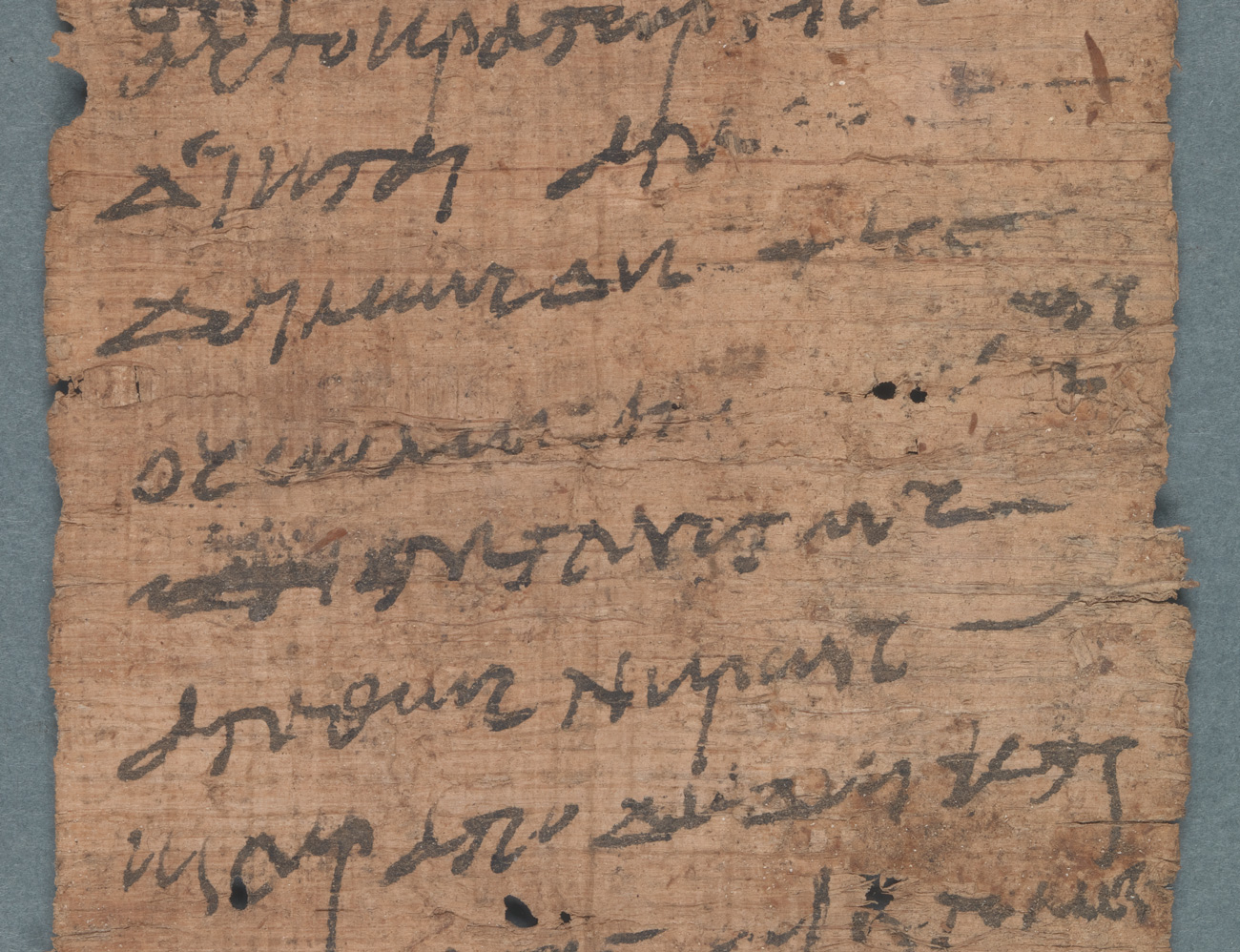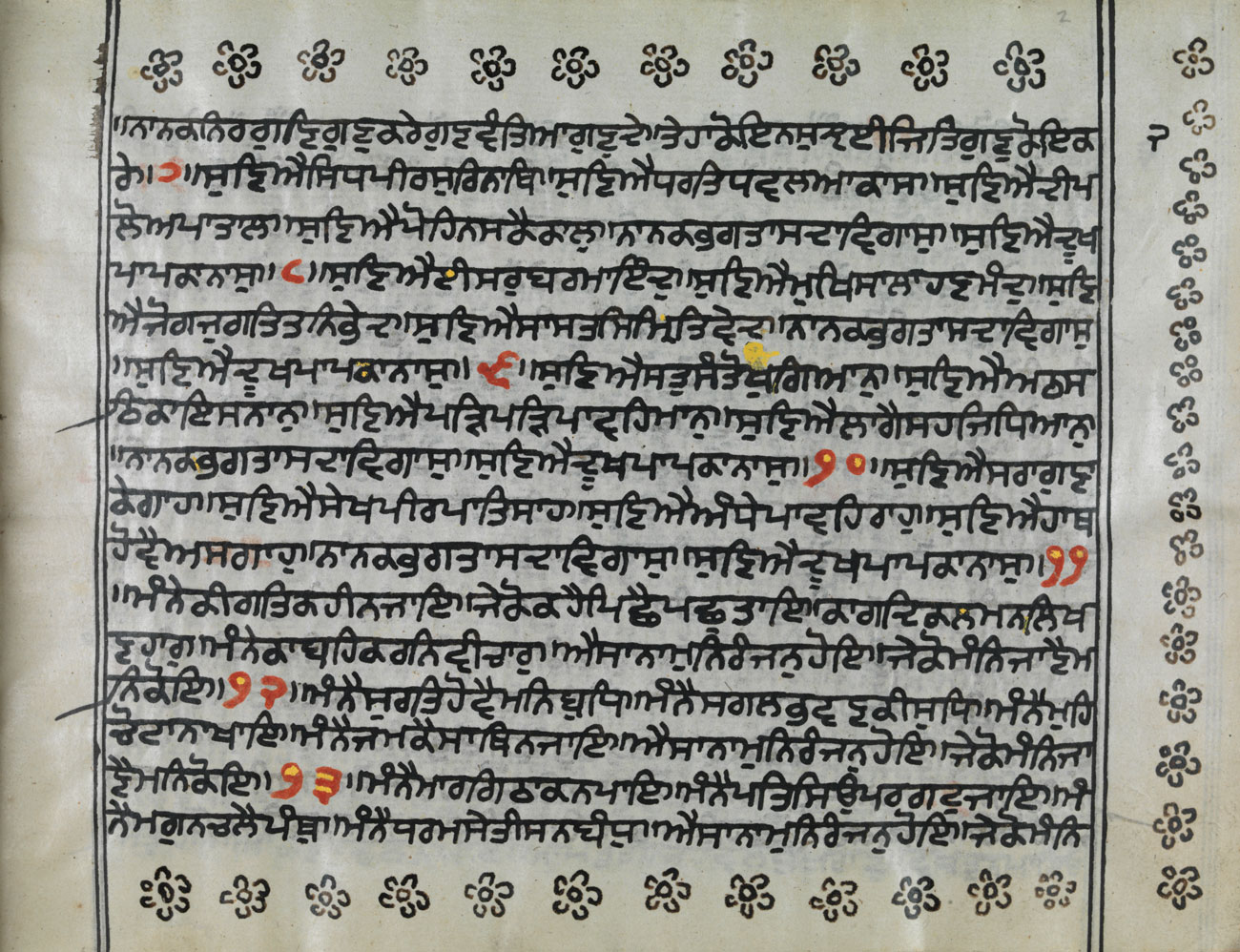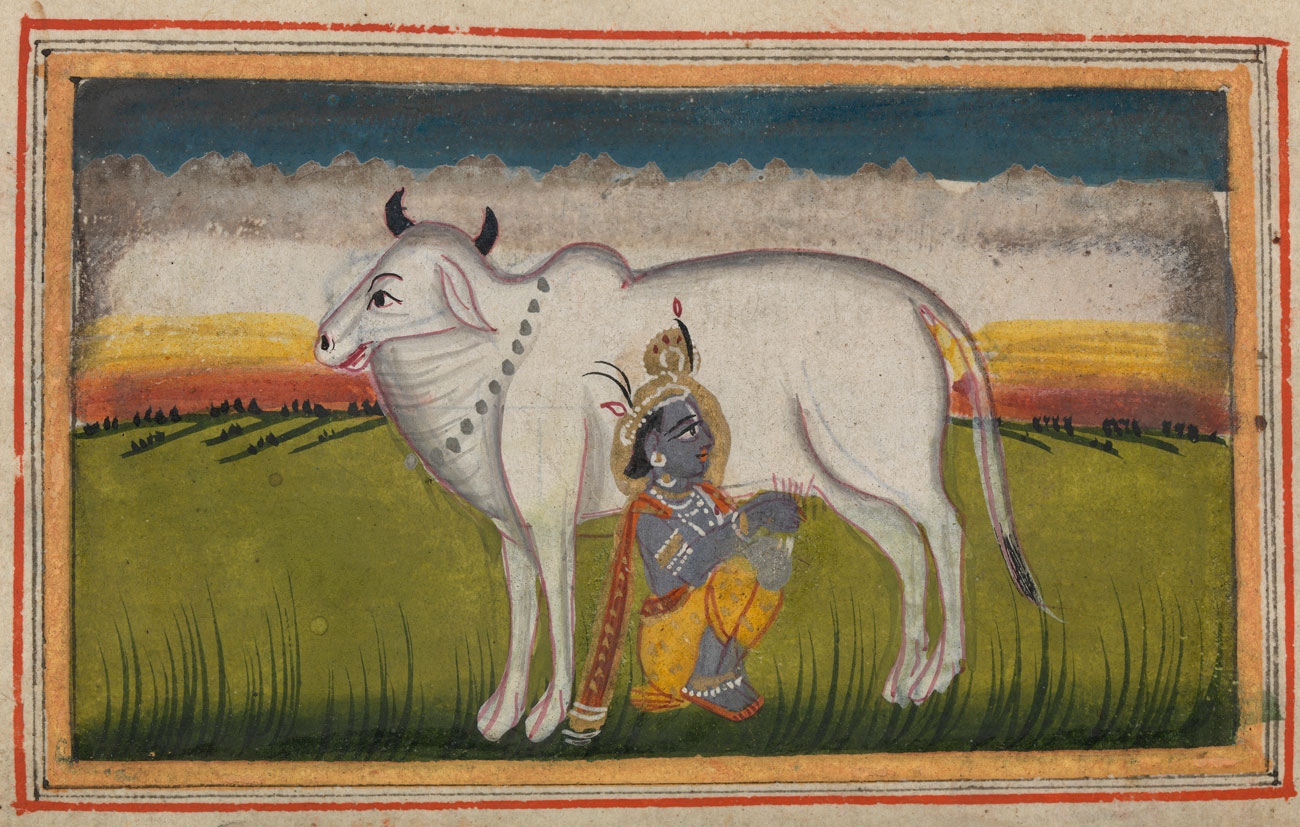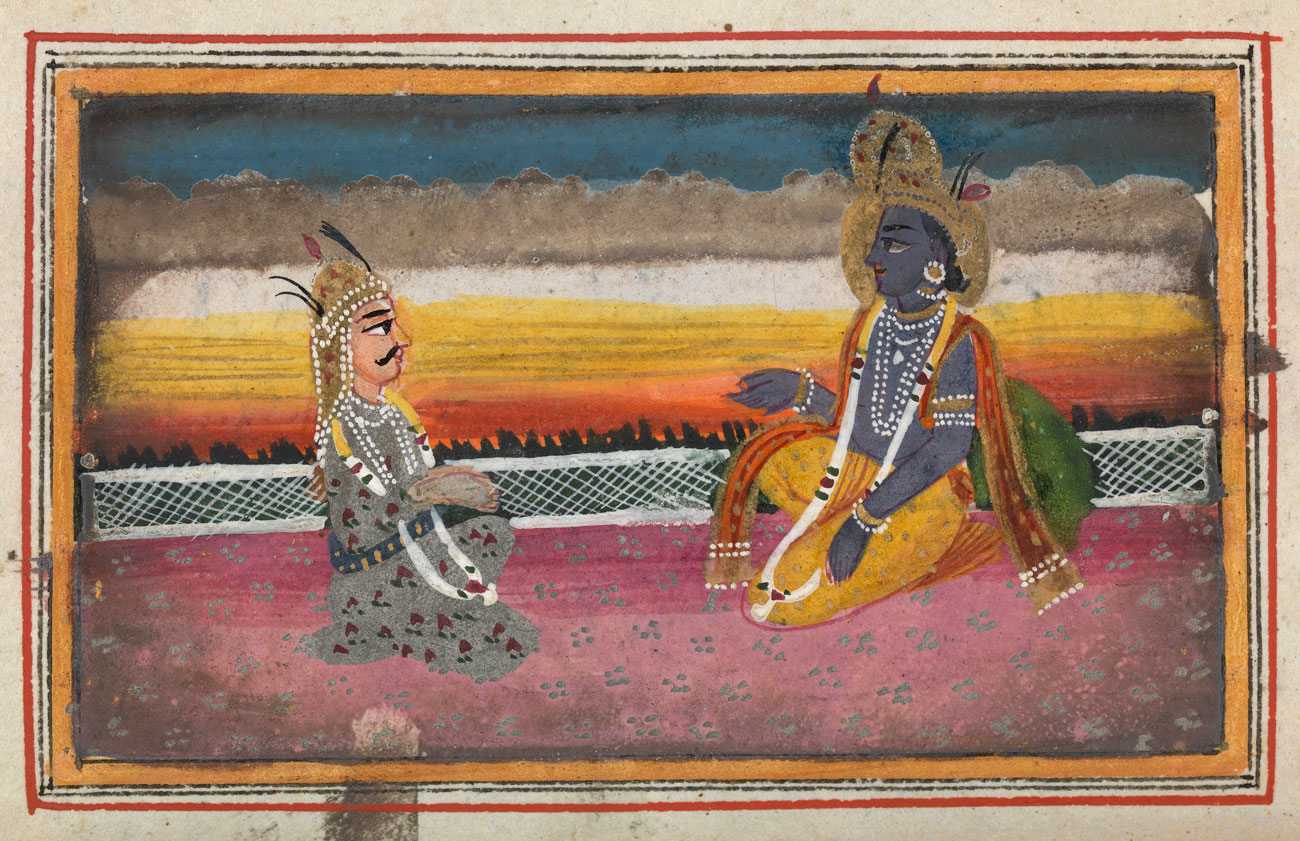Global Culture
These include Egyptian Books of the Dead, and many hundreds of fragments of Greek Papyri from the 2nd and 3rd century BC. Arabic calendars, and Icelandic bestiaries, Armenian and Ethiopic devotional works, and are only some of the eclectic materials curated by former Librarians and academics in Trinity. We even have a section of the Roman Inquisition records saved from being lost during the Napoleonic turmoil in 19th century Europe.
All major collecting libraries of significant age also acquire, over time, a diverse collection of art and museum objects which do not fit neatly into the usual categories of library materials. In Trinity's case these include three Ogham stones, from middle of the first millennium, inscribed in earliest writing known in Ireland. This treasury of artefacts is also home to the Brian Boru harp, one of the oldest surviving Irish harps in the world, and the national symbol of Ireland. There are also objects associated with medieval manuscripts such as the 12th-century shrine of the Book of Dimma and the 15th-century leather satchel of Book of Armagh.
Digitisation of these internationally important collections will ensure their preservation and enable access in new ways. The potential for sharing, with the culture of origin, materials now held in widely-dispersed institutions, has always been a clarion call among digital humanists. Digitisation of Trinity's global collection will allow the University to facilitate a research-led evaluation of the contested history of collections, and will contribute to the University's Colonial Legacies project, enabling interrogation of Trinity's traditions and place in the wider world. Example projects include that of the Greek papyri: retrieved as the tiniest fragments, during excavation in the 19th century, and dispersed among several institutions, they contain literary, scientific, economic and administrative records from ancient Greece. Digital images will allow experts to collaborate to rebuild ancient text and gather otherwise lost insight into life in Greece several millennia ago. 3D scanning of medieval objects from ancient Ireland will also allow scholars an insight into the materiality of the objects. This digital data will be subject to archival preservation and allow future sharing, use and reuse for learning, research and teaching.
Images 4 and 6 in the slider are from Hindu manuscript, IE TCD MS 1632.




_slider.jpg)

v2_slider.jpg)
